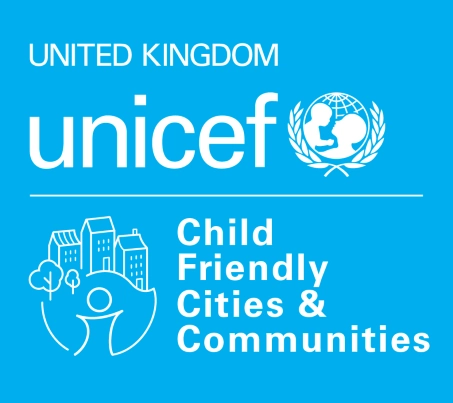
Theory of Change
Our Theory of Change explains how the programme intends to achieve and contribute to lasting change in cities and communities. This is supported by a review of available evidence.
Child Friendly Cities & Communities is a partnership between UNICEF UK, councils, local organisations, and children and young people. We work together to advance children’s rights across a local area. Together, we work on a long-term programme that is rooted in the partnership’s strengths and responds to local needs and context.
The Theory of Change diagram visually explains and communicates our vision for change in Child Friendly Cities and Communities. The Theory of Change booklet provides details to accompany this diagram, including an overview of our national and global context, narrative to explain change through the programme, and a summary of evaluation evidence about the impact of the programme for children and young people.
Our Theory of Change has been developed by drawing on our evolving understanding of the programme, our engagement with children and young people, and by gathering feedback from other stakeholders. This includes the councils and partners on the programme, colleagues from UNICEF’s global Child Friendly Cities Initiative, and UNICEF UK colleagues.
How to read the diagram
The Theory of Change diagram is best read from left to right.
- Activities describe what UNICEF UK, local councils and partners do, collectively advancing the UNCRC and embedding a child rights-based approach throughout local systems.
- The first levels of change on the left are the outputs that the programme activity intends to achieve.
- The middle level of the diagram shows outcomes, both short and longer term.
- To the right of the diagram are the impacts or changes for children which the programme intends to contribute to.


